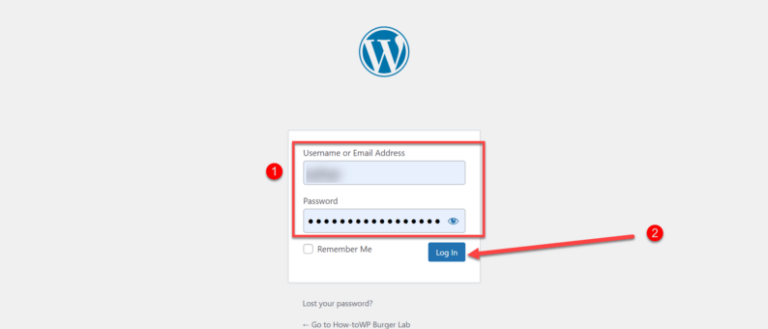In today’s fast-paced digital landscape, more developers and content teams are searching for headless CMS alternatives that offer greater flexibility, speed, and scalability. While WordPress has long dominated the content management space, it’s no longer the only viable option—especially for modern, decoupled web projects.
With the rise of headless architecture and API-first development, platforms built specifically for performance and integration are gaining serious traction. These alternatives are changing the way we think about content delivery, allowing teams to connect with any front-end framework, device, or app.
So, is WordPress still king? In this article, we’ll break down the top headless CMS options, compare features, and help you find the right fit for your next project or growing team.
What Is a Headless CMS, Anyway?
Picture a CMS that handles only the back-end logic—your content management—but doesn’t worry about the front-end display. That’s a headless CMS: content-first, presentation-agnostic, and accessible via APIs (REST or GraphQL). Unlike traditional CMS like WordPress, meant to manage both content and presentation in a coupled way, headless CMS systems are ultra-flexible, scaling effortlessly across mobile apps, static sites, IoT devices, and more.
You’re thinking, “Headless sounds cool—but what’s the real benefit?” The answer: better performance, improved security, and the freedom to choose any front-end framework (think Next.js, React, Vue, etc.). WordPress can behave like a headless CMS via its REST API—but there are serious alternatives designed for this from the start. That’s what we’re comparing today.
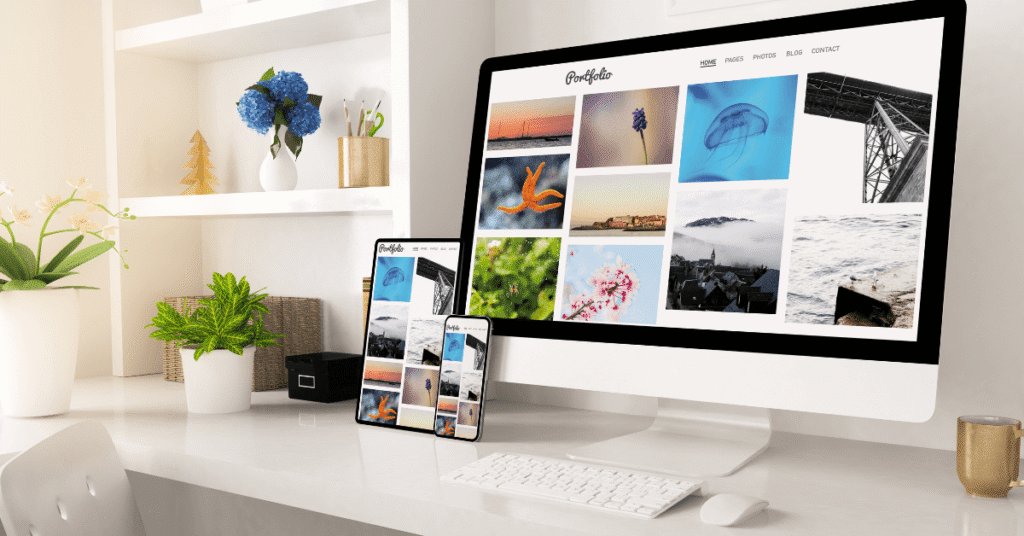
Why Look Beyond WordPress?
WordPress is everywhere—powering over 43% of the web. It’s familiar, has a huge pluginA plugin is a software component that adds specific features and functionality to your WordPress website. Esse… More ecosystem, and editors love Gutenberg’s block editor. But when you try to use it headlessly, things can get clunky—performance overhead, complex plugin dependencies, and extra maintenance.
So, many teams are asking: “Are there better headless CMS alternatives to WordPress?” Absolutely—born-for-purpose platforms that lean into decoupling content and presentation, with faster APIs, better collaboration tools, and modern editor experiences.
How We Compare These Headless CMS Platforms
To help you choose the best headless CMS alternatives, we’ve compared top platforms using key criteria that developers, marketers, and content teams care about—like performance, scalability, and flexibility. This SEO-focused comparison reflects real-world use cases to guide your CMS decision with confidence and clarity. These areas reflect real-world use cases, performance needs, and scalability.
- Performance & Delivery (CDN, API speed, uptime)
- Developer Experience (customization, tech stack)
- Editor Experience (UI, visual editing, workflows)
- Integration Flexibility (REST, GraphQL, front-end frameworks)
- Pricing & Scalability (free tiers, enterprise pricing, hosting options)
- Security & Governance (permissions, compliance features)
Now that we’ve outlined the key comparison criteria, let’s dive into the leading headless CMS alternatives. We’ll explore how each platform measures up against WordPress—highlighting strengths, weaknesses, and ideal use cases—so you can confidently choose the best CMS solution for your next project or growing digital strategy.
Headless CMS Alternatives Compared
a) Contentful
Contentful is a popular headless CMS alternative trusted by enterprises for its powerful content modeling, flexible localization, and seamless team collaboration. With support for both REST and GraphQL APIs, it’s ideal for delivering content across multiple channels, especially in multilingual or global environments.

However, while Contentful shines in scalability and structure, its pricing may rise steeply as your content and team needs grow. It’s best suited for large organizations needing a reliable, enterprise-grade content infrastructure.
b) Strapi
Strapi is a developer-first, open-source headless CMS that provides complete control over your content API. It’s self-hostable, supports both SQL and NoSQL databasesA database is an organized collection of data stored and accessed electronically. It is a crucial component of… More, and auto-generates REST or GraphQL endpoints, making it a flexible option for tech-savvy teams.
With a growing plugin ecosystem and a generous free tier, Strapi is perfect for cost-conscious teams. Whether you’re building with Node.js or working on a JAMstack project, Strapi gives you total freedom to customize and scale as needed.
c) Sanity
Sanity is a modern headless CMS designed for real-time collaboration and structured content workflows. Its customizable Studio is built with React, offering content teams live editing, version control, and rich integrations—all powered by a powerful API and the GROQ query language.
Its flexible content models and developer-friendly tools make it ideal for startups, editorial teams, or agencies managing dynamic content. Sanity also has a generous free tier, making it accessible while still scalable for complex use cases.
d) Ghost
Ghost is a minimalist, high-performance platform tailored for publishers and bloggers. While it isn’t headless by default, it offers a flexible JSON API that allows integration with front-end frameworks, making it usable in headless environments.
Out of the box, Ghost includes native SEO tools, Markdown editing, membership features, and email newsletters. If you’re looking for a clean, focused content engine that prioritizes speed and simplicity, Ghost is perfect for independent creators or publishing-first businesses.
e) Storyblok
Storyblok combines the power of headless CMS with an intuitive visual editor, making it a favorite among marketers and developers alike. Its real-time visual previews, component-based structure, and API support (REST and GraphQL) simplify collaboration across teams.
Non-developers can manage and preview content easily, reducing bottlenecks in content workflows. Storyblok’s flexibility is ideal for ecommerce sites, multi-language projects, and marketing campaigns that demand both speed and visual control—all without sacrificing backend robustness.
f) ButterCMS
ButterCMS is a plug-and-play SaaS headless CMS built for speed and simplicity. It supports REST and GraphQL APIs, multi-language content, and basic user permissions. Its zero-maintenance setup makes it ideal for businesses that want to get up and running fast.

Whether you’re adding a blog to your SaaS app or launching a product site, ButterCMS allows easy integration with any tech stack. It’s especially useful for lean teams with limited dev resources looking for rapid deployment.
g) Directus
Directus is a powerful open-source headless CMS that sits directly on top of your existing SQL databaseA database is an organized collection of data stored and accessed electronically. It is a crucial component of… More. It auto-generates REST and GraphQL APIs and provides a fully customizable admin interface with role-based permissions and version control.
Designed for data-heavy projects, Directus is ideal for enterprise-grade apps needing total backend control. It’s perfect if you already manage your data and want to layer a clean CMS interface on top—without compromising on performance or scalability.
(Optional Bonus): Hygraph, Prismic, Contentstack, Magnolia, or Optimizely—each have their niche advantages (like GraphQL-first architecture or strong personalization/workflow features)—but may not align directly with targeting “headless CMS alternatives” over WordPress if you’re just starting your comparison.
Headless WordPress: Still in the Game?
WordPress can absolutely function as a headless CMS using its built-in REST API or third-party GraphQL plugins. For many teams, its familiarity, vast plugin ecosystem, and content editor experience make it a comfortable choice. Migration from traditional setups is relatively smooth, especially for editorial teams already using WordPress.
However, going headless with WordPress often introduces added complexity. Performance overhead, plugin dependencies, and custom development can slow down workflows—especially when compared to platforms designed from the ground up for headless use.
So, is WordPress still in the game? Definitely—but it’s best suited for content-heavy or legacy projects. If you’re starting fresh and need a fast, flexible, and fully decoupled solution, many of today’s headless CMS alternatives may be a better fit.
Which Headless CMS Alternatives Is Best for You?
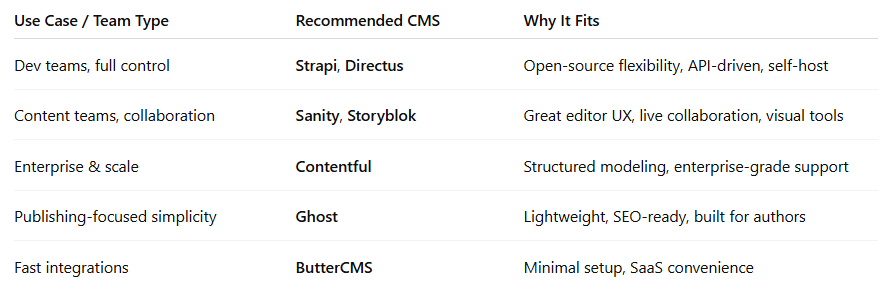
Final Word: The Future of CMS
The content management landscape is rapidly shifting. While WordPress remains a dominant force, the rise of headless CMS alternatives is reshaping how modern websites and apps are built. These platforms prioritize flexibility, speed, and seamless integration across devices and frameworks.
Whether you’re a developer looking for full control or a content team seeking a smoother workflow, there’s a headless CMS that fits your unique needs. From open-source powerhouses to user-friendly SaaS solutions, the options are more versatile than ever.
So, is WordPress still king? That depends on your project. But testing a headless CMS through a proof-of-concept might just unlock a faster, more scalable web experience—one that future-proofs your content strategy in an increasingly API-first world.
Ready to Explore the Top Headless CMS Alternatives?
If you’re exploring the top headless CMS alternatives but still want the power and familiarity of WordPress, you don’t have to choose one or the other. With the right setup, you can enjoy both—especially when performance and reliability are handled for you.
Looking for fast WordPress hosting plus stress-free maintenance? We’ve got you covered. Our hosting packages include optimized performance, security, and done-for-you updates, so you can focus on what matters—your content and growth.
👉 Click the button below to explore our hosting solutions and get started with a faster, more efficient WordPress experience.

![How to Remove Just Another WordPress Site [A Visual Guide]](https://codingheros.com/wp-content/uploads/2024/06/how-to-remove-just-another-wordpress-site-a-visual-guide-768x142.png)
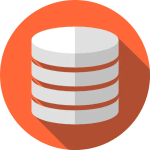
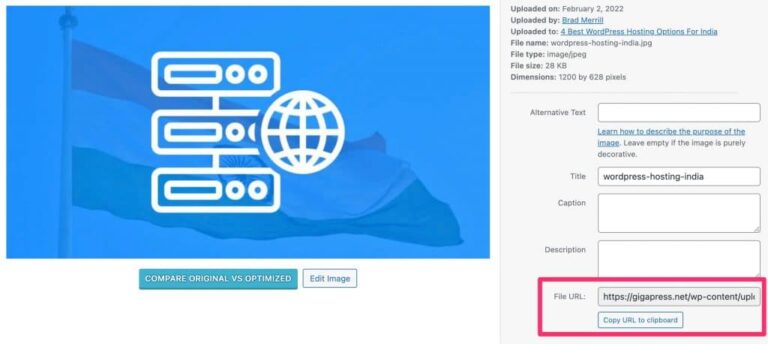
![How to Remove Tagline in WordPress [A Step-by-Step Guide]](https://codingheros.com/wp-content/uploads/2024/12/how-to-remove-tagline-in-wordpress-a-step-by-step-guide-768x142.png)
